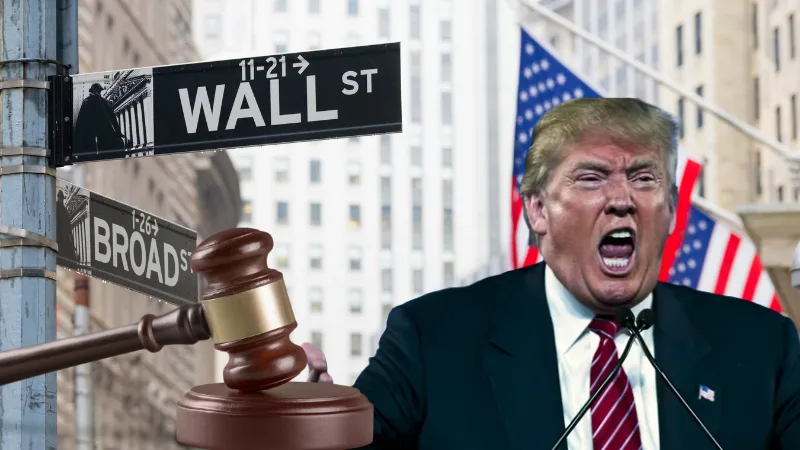The Unsettling Dissonance Between Economic Indicators and Market Stability
Cole Smead, the CEO of Smead Capital Management, recently voiced concerns over the precarious stance of the U.S. stock market, a narrative that diverges sharply from the usual market optimism. Despite the Federal Reserve’s rigorous interest rate hikes—a hefty 500 basis points to be exact—the economy exhibits an unyielding vigor, particularly in the job sector and wage growth, defying the anticipated cooling effect. January’s nonfarm payroll data, with a robust addition of 353,000 jobs, starkly overshadows the Dow Jones’ conservative estimate of 185,000, while wage increments doubled consensus forecasts with a 0.6% rise.
Amid these developments, Federal Reserve Chair Jerome Powell’s indication of maintaining the current interest rate stance in March adds another layer to the market’s complex dynamics. This revelation challenges the market’s anticipatory stance on potential rate cuts, further fueling the discourse on the effectiveness of the Fed’s monetary policies in tempering inflationary pressures.
The Historical Echoes of Economic Resilience
Smead’s analysis draws a parallel between the current economic resilience amidst stringent monetary policies and a similar phase from 1964 to 1981. During this era, despite a robust economy, the stock market’s performance remained subdued, primarily due to persistent inflationary pressures and tight monetary conditions. This historical reflection offers a lens to understand the potential long-term ramifications of sustained economic strength not translating into proportional market benefits, given the current high-interest-rate environment.
The Dichotomy of Economic Strength and Market Performance
Interestingly, the recent winning streak of major Wall Street averages, fueled by significant earnings from tech giants, juxtaposes the underlying economic strength with the stock market’s detached performance. Smead articulates a critical perspective on the stock market’s valuation, questioning its alignment with the economic robustness and the Fed’s constrained position on interest rates. This scenario underscores a growing disconnect where the economy’s gains scarcely resonate within the stock market’s corridors, challenging the conventional wisdom that economic prosperity begets stock market success.
Rethinking the Rate Cut Imperative
Contrasting Smead’s cautious outlook, other market strategists like Richard Flynn of Charles Schwab U.K. and Daniel Casali of Evelyn Partners offer a more optimistic view. They argue that the recent economic data, particularly the strong jobs report, heralds the Fed’s success in navigating towards a “soft landing” for the economy, diminishing the immediate need for rate cuts. This perspective suggests a gradual acclimatization of the market and the economy to the high-rate regime, potentially delaying but not derailing the prospects of future rate adjustments.
Navigating the Economic and Market Conundrum
As we stand at the crossroads of economic resilience and market uncertainty, the dialogue shifts towards a nuanced understanding of the interplay between monetary policies, economic indicators, and market dynamics. The unfolding narrative invites a meticulous analysis of the Fed’s strategic maneuvers, the inherent strength of the U.S. economy, and the stock market’s nuanced response to these variables. In this complex economic tapestry, discerning the subtle undercurrents becomes imperative for investors, policymakers, and market observers alike, as they navigate through the intricate maze of economic resilience and market volatility.
Stay up to date on other relevant news in our “Stock Market” section.





